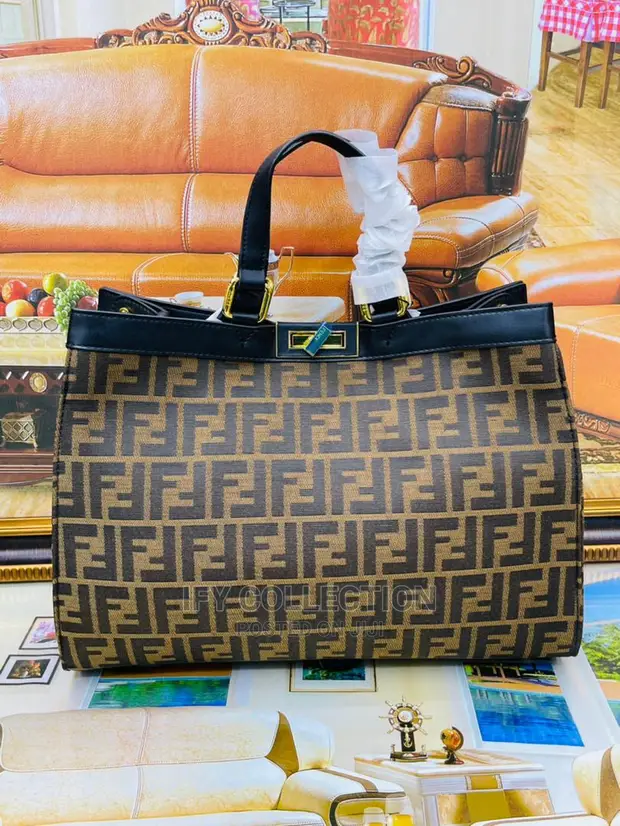The kimono is one of the most iconic garments in Japanese culture, known for its beauty, elegance, and intricate design. Whether you’re attending a cultural event, a wedding, or simply want to try something new, learning how to wear a kimono can be an exciting and rewarding experience. While wearing a kimono may seem daunting at first, it’s a manageable process once you understand the basics.
In this step-by-step guide, we’ll break down the key components and steps to wearing a kimono with grace and confidence. From the undergarments to the final touches, here’s everything you need to know about how to wear a kimono.
What You’ll Need to Wear a Kimono
Before we dive into the steps, let’s familiarize ourselves with the essential items that make up a kimono ensemble.
- Kimono: The outer robe with wide sleeves, which is the centerpiece of your outfit. It comes in various styles and fabrics, depending on the occasion.
- Obi: The wide belt that secures the kimono in place. It comes in different styles and colors.
- Nagajuban: A thin, under-kimono worn beneath the main kimono to protect it from sweat and dirt.
- Obiage and Obi-jime: Accessories used to tie and decorate the obi.
- Geta: Traditional wooden sandals worn with the kimono.
- Tabi: Special socks worn with the kimono, often white, which separate the big toe from the rest of the foot.
Now that you know what’s required, let’s move on to the steps of how to wear a kimono.
Step 1: Prepare Your Undergarments (Nagajuban)
Before putting on the kimono, start by wearing a nagajuban, the undergarment. This piece is essential because it keeps the kimono clean and provides a smooth base.
- Wear the nagajuban like a robe and adjust it so that it fits comfortably around your body.
- Make sure the nagajuban is tied at the waist with a simple string. This will help keep it in place once you start putting on the kimono.
Step 2: Put on the Kimono
The next step is to put on the kimono itself.
- Take the kimono and wrap it around your body, making sure the left side is over the right side. This is a traditional way to wear a kimono and is crucial to follow. The opposite, right over left, is reserved for funerals.
- Adjust the kimono so that the collar sits neatly on your shoulders. The collar should be slightly open at the neck but not too wide.
- Once you’ve wrapped the kimono, pull the fabric to your waist and make sure the bottom hem is just above your ankles.
Step 3: Secure the Kimono with an Obi (Kimono Belt)
The obi is an essential part of the kimono look. It not only holds the kimono in place but also adds a decorative element.
- Start by folding the obi in half lengthwise and position it at your waist. Hold it in place with both hands.
- Wrap the obi around your waist and bring the ends around to the front.
- The obi should be snug, but not too tight. Make sure it sits comfortably just below your rib cage.
- Tie the obi into a bow or knot at the back or front, depending on the style you’re going for. There are several styles of obi knots, with the most common being the “taiko” knot, which looks like a drum.
Step 4: Add the Obiage and Obi-jime
To finish securing the obi and add some flair, you’ll need to use the obiage and obi-jime.
- The obiage is a decorative cloth that you place over the top of the knot to hold it in place and add elegance. Tuck it neatly under the obi at the back.
- The obi-jime is a cord that you tie around the obi to secure everything. This decorative cord adds a final touch of beauty to your kimono ensemble.
Step 5: Wear Tabi and Geta
To complete your kimono look, don’t forget your tabi and geta.
- Tabi are traditional socks that separate the big toe from the rest of the toes, creating a more comfortable fit with the sandals.
- Slip into your geta, the wooden sandals designed to be worn with a kimono. Make sure they’re properly adjusted so that they’re comfortable and secure.
Step 6: Final Touches
Once you’ve got the kimono on and everything is secured, take a moment to check your look.
- Adjust the collar to make sure it lies flat and even on both sides.
- Make sure the kimono’s hem is sitting at the right height and that the fabric is flowing nicely.
- If you’re wearing your kimono for a formal occasion, ensure that the obi is positioned symmetrically, and the obiage and obi-jime are neatly tucked in.
Tips for Wearing a Kimono:
- Practice: Wearing a kimono may take some time to get used to. Don’t be discouraged if it doesn’t feel perfect the first time. With practice, you’ll get the hang of it.
- Comfort is Key: While the kimono is an elegant garment, it should also feel comfortable. Make sure that the fit isn’t too tight or loose, and that you can move freely.
- Proper Etiquette: When wearing a kimono, it’s important to keep the left side of the kimono over the right. If you ever attend a funeral, remember that the right side should be over the left as a sign of respect.
- Avoid Overdoing Accessories: The kimono itself is a statement piece, so keep your accessories minimal and elegant. A simple fan or delicate jewelry can enhance your look without overwhelming it.
Conclusion
Learning how to wear a kimono is a rewarding experience that allows you to appreciate a piece of traditional Japanese culture. Whether you’re attending a wedding, a festival, or simply embracing the beauty of this timeless garment, following these steps will ensure that you wear your kimono with grace and confidence.
By carefully wrapping and securing the kimono, adding the obi, and paying attention to the little details like tabi and geta, you’ll feel like you’re part of a long-standing tradition. With practice, you’ll be able to wear a kimono with ease, making it the perfect attire for any cultural or special occasion.















